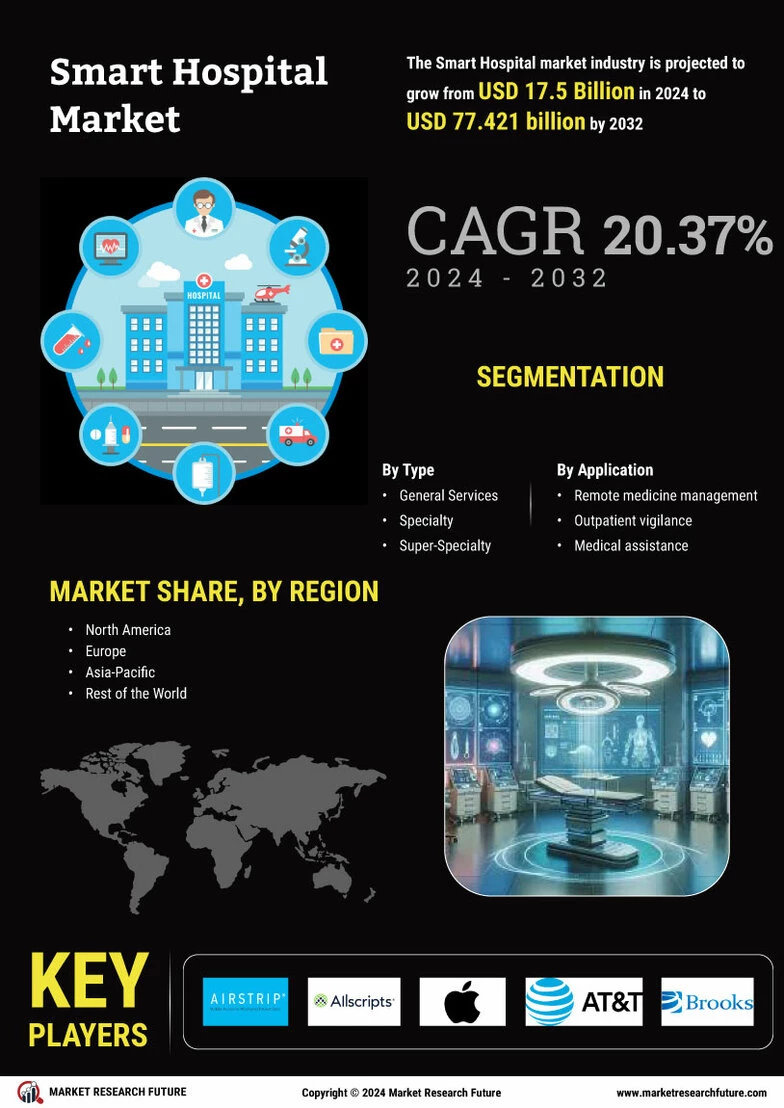Postpartum Depression Market Region: Global Insights and Opportunities
The Postpartum Depression Market is witnessing robust growth as global awareness of maternal mental health rises. Countries worldwide are adopting early screening, treatment protocols, and digital interventions to manage postpartum depression effectively. North America continues to dominate, driven by advanced healthcare infrastructure and widespread awareness campaigns. Companies are increasingly focusing on regional strategies to capture emerging opportunities, aligning with Postpartum Depression Market region
insights for better market positioning.
Get Full Reports :https://www.marketresearchfuture.com/reports/postpartum-depression-market-27662
Asia-Pacific and Latin America are expected to exhibit significant growth due to increasing healthcare expenditure, policy support, and improved access to mental health services. Strategic collaborations between pharmaceutical companies, hospitals, and technology providers are strengthening market penetration in these regions. Such initiatives enhance treatment accessibility and optimize patient outcomes, shaping the Postpartum Depression Market segment landscape to address regional disparities effectively.
FAQ
Q1: Which region currently leads the Postpartum Depression Market?
A1: North America, due to advanced healthcare systems and strong awareness initiatives.
Q2: Why are emerging regions important for the market?
A2: Rising healthcare access, government support, and awareness campaigns create growth potential.
The Postpartum Depression Market is witnessing robust growth as global awareness of maternal mental health rises. Countries worldwide are adopting early screening, treatment protocols, and digital interventions to manage postpartum depression effectively. North America continues to dominate, driven by advanced healthcare infrastructure and widespread awareness campaigns. Companies are increasingly focusing on regional strategies to capture emerging opportunities, aligning with Postpartum Depression Market region
insights for better market positioning.
Get Full Reports :https://www.marketresearchfuture.com/reports/postpartum-depression-market-27662
Asia-Pacific and Latin America are expected to exhibit significant growth due to increasing healthcare expenditure, policy support, and improved access to mental health services. Strategic collaborations between pharmaceutical companies, hospitals, and technology providers are strengthening market penetration in these regions. Such initiatives enhance treatment accessibility and optimize patient outcomes, shaping the Postpartum Depression Market segment landscape to address regional disparities effectively.
FAQ
Q1: Which region currently leads the Postpartum Depression Market?
A1: North America, due to advanced healthcare systems and strong awareness initiatives.
Q2: Why are emerging regions important for the market?
A2: Rising healthcare access, government support, and awareness campaigns create growth potential.
Postpartum Depression Market Region: Global Insights and Opportunities
The Postpartum Depression Market is witnessing robust growth as global awareness of maternal mental health rises. Countries worldwide are adopting early screening, treatment protocols, and digital interventions to manage postpartum depression effectively. North America continues to dominate, driven by advanced healthcare infrastructure and widespread awareness campaigns. Companies are increasingly focusing on regional strategies to capture emerging opportunities, aligning with Postpartum Depression Market region
insights for better market positioning.
Get Full Reports :https://www.marketresearchfuture.com/reports/postpartum-depression-market-27662
Asia-Pacific and Latin America are expected to exhibit significant growth due to increasing healthcare expenditure, policy support, and improved access to mental health services. Strategic collaborations between pharmaceutical companies, hospitals, and technology providers are strengthening market penetration in these regions. Such initiatives enhance treatment accessibility and optimize patient outcomes, shaping the Postpartum Depression Market segment landscape to address regional disparities effectively.
FAQ
Q1: Which region currently leads the Postpartum Depression Market?
A1: North America, due to advanced healthcare systems and strong awareness initiatives.
Q2: Why are emerging regions important for the market?
A2: Rising healthcare access, government support, and awareness campaigns create growth potential.






